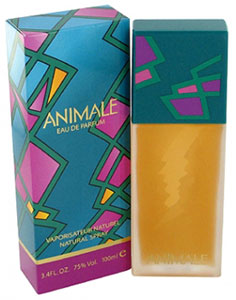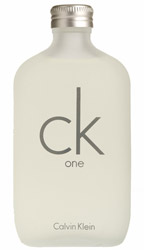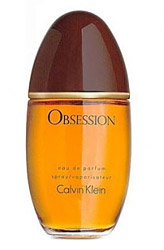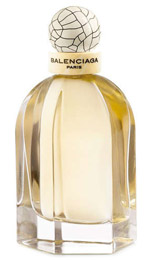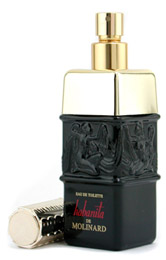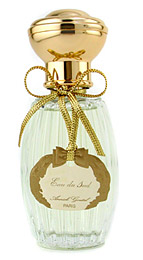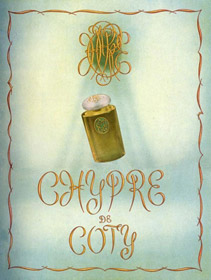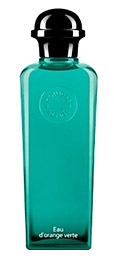Animale is an interesting fragrance to explain. It’s sort of a chypre, it has all the classical stylings of a chypre but with an extra added jolt of pure dirty, animal smell. Oh, don’t get me wrong here. It’s fantastic stuff.
In Bottle: Heavy, heady, powerful. Three words you’ll probably used to describe animale. Even in the bottle, this stuff is strong. I get civet immediately mixed with a blend of florals. It has that decidedly unique chypre scent to it as well.
Applied: Starts off with a big of bergamot. Barely enough to even detect as Animale develops the civet slowly and carefully but the civet is strong and the civet definitely makes this scent smell dirty and animalic. The animalic notes in this creep up rather than blast you full on right away like it does in the bottle but you’ll be smelling full-on animal before you know it. On skin, civet takes its time at first as the fragrance moves into a mid-stage that’s incredibly reminiscent of a chypre with jasmine making a loud proclamation as the civet creeps in more and more, amping up the volume. The rosewood, adds even more dirty with a little woodsiness in case you didn’t think civet was enough. This is a chypre but it’s a distinct dirty chypre that will march to its own beat if it wants to. As the fragrance dies down, there’s a smooth patch of oakmoss and vetiver layered over that civet note that I had been too distracted to notice. The civet’s used rather well here, but the dry down does bother me a bit with this slick, almost oily scent. I imagine that was the coconut making its way in. So opening and mid-stage are fascinating. End stage is great save for that weird slick scent I got. Still, Animale is fantastic if you like heavy, powerful, heady fragrances.
Extra: Animale, the brand began in 1987 which was also the time that original Animale (reviewed in this post) was created. In 1990 the company was sold, and in 2004 it was sold once again. Sometime during the 1990s, Animale shifted away from being a chypre and became more of a floral oriental. I liked it a lot more as a chypre.
Design: Very 80s! Brings back fond memories of elementary school, and TGIF shows. I’d huddle around this tiny TV with my cousins and we’d watch Family Matters, Full House, Fresh Prince, and a whole host of other family-friendly sitcoms. Long story short: This bottle reminds me of late 80s and early 90s aesthetics and fashion. I think the word I want here is ‘funky’. Not necessarily well-designed as I imagine people these days would consider this kind of aesthetic hideous. The bottle design hasn’t aged well, that’s for sure. As for me, I grew up in the late 80s and 90s so I’ll let someone else harsh on this bottle.
Fragrance Family: Chypre
Notes: Coriander, hyacinth, bergamot, neroli, carnation, honey, orris root, rosewood, jasmine, ylang-ylang, lily of the valley, rose, patchouli, coconut, oakmoss, vetiver, civet, musk.
Now that the review and nostalgia are all over, would I wear Animale? Probably not. The civet really turns me off on the fragrance. I’m a big baby when it comes to civet, almost always I find it too strong and I’m no where near confident enough to rock civet. That doesn’t mean Animale isn’t fantastic. I like it for what it is, but maybe that’s part of the nostalgia talking.
Reviewed in This Post: Animale, ~1989, Eau de Parfum.




